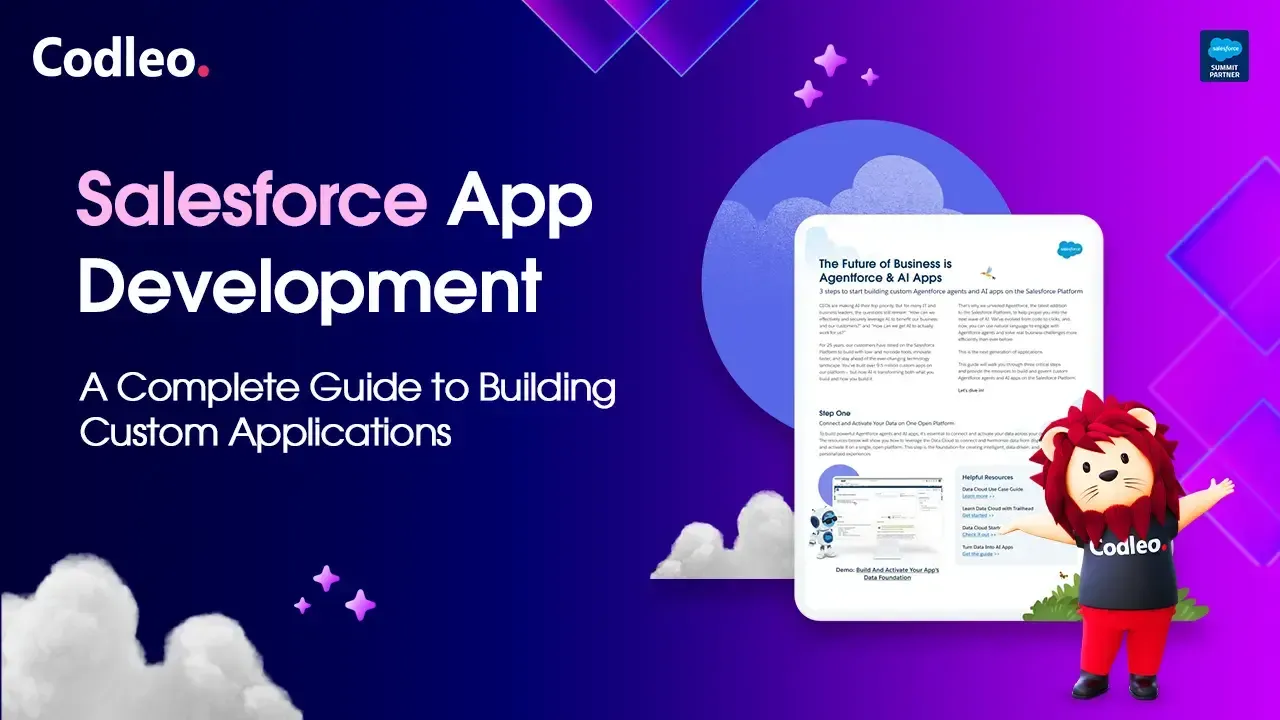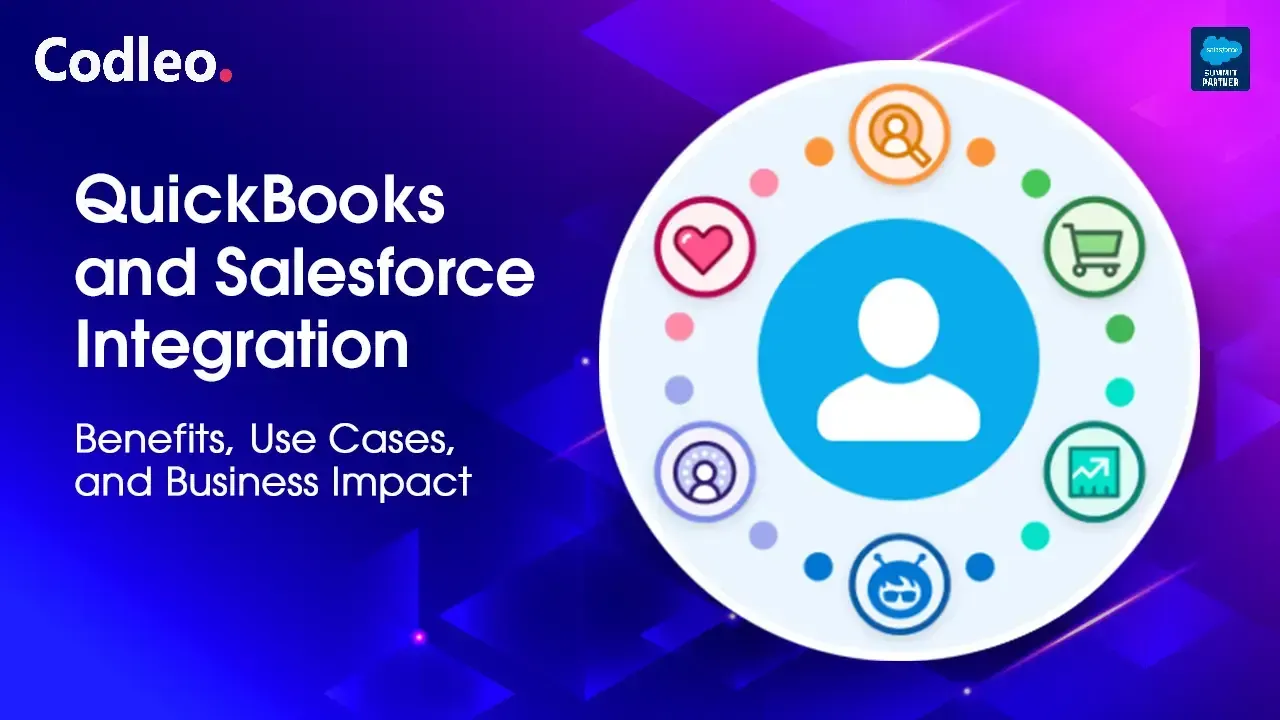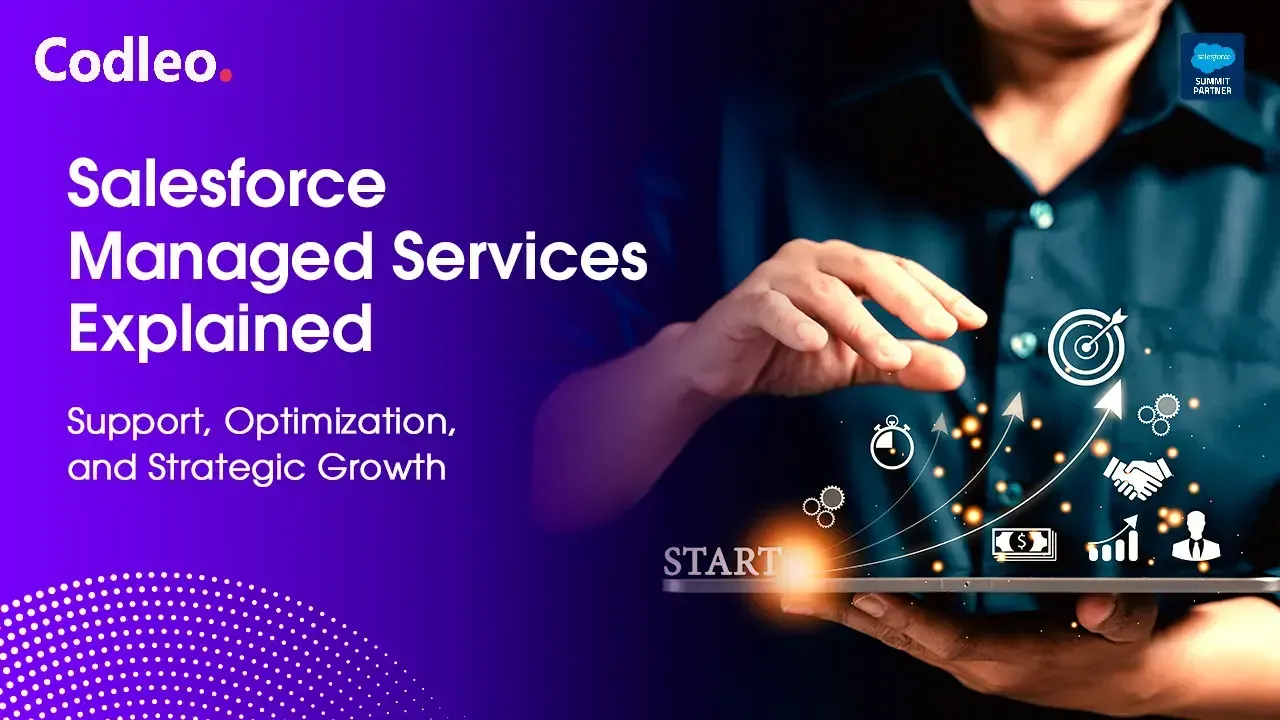Publish date:
In the domain of Customer Relationship Management tools that abound in the market, Salesforce is the leader, offering unmatched capabilities for handling client engagement sales, and marketing. However, the move from various legacy systems to Salesforce CRM, especially the data migration issues, can be a tricky affair. Our article as leaders in Salesforce Migration is a useful reference literature for those seeking to adopt Salesforce CRM and then migrate their data to Salesforce via data migration, listing important steps and best practices for a happy ending for all.
Steps for Salesforce Migration Strategy:
-
Step 1 – Defining the scope. Important consideration includes recognising which data types require migration & the reams of data. This step also involves comprehending the reliance among different data types and weighing any personalisations & integrations that need to be repeated or changed in the Salesforce environment.
-
Step 2 – Preparing the strategy - The strategy can differ from a complete migration, where all information is migrated together, to a phased approach, which is ideal for complicated datasets or situations where lowering operational disruptions is important. Important considerations include information to be prioritised, creating a doable timeline aligned with business cycles, resource allocation, and risk management. It requires brainstorming and critical thinking to arrive at the right method and approach before the Salesforce migration.
-
Step 3 – Selecting the correct approach. When transferring the data under Salesforce migration, it is critical to evaluate how much information needs to be cleaned before the transfer and whether middleware / ETL tools need to be utilised, particularly for complicated integrations. Before the actual transfer, it's great to curate a testing strategy in a sandbox environment.
Importance of Data Mapping:
Data mapping is an important phase in Salesforce migration which makes sure that each data element from the current system is correctly migrated and synced within the Salesforce environment. Becoming familiar with basic Salesforce objects ( such as Accounts, Contacts, Leads, Opportunities ) and the particular types of fields ( such as text, number, picklist, lookup, etc. ) is mandatory. Comprehending how relationships are built in Salesforce, like master-detail and lookup relationships, is important for correct data mapping as part of the Salesforce migration process.
-
Review source information. A thorough analysis of the information in the present system comprehends the structure, data types, custom fields, or even unique configurations. It’s important at this stage to be clear about “ clean data “ and whether data is inaccurate/redundant or replete with errors. This can impact the outcomes of Salesforce CRM and the expectations from it from the customer.
-
Create a mapping document. A detailed document is created, listing how each field from the original system relates to a field in Salesforce. This document takes care of complex data types or relationships & lists any data transformation rules needed.
-
Collaboration. Engaging with the different stakeholders such as customer management, the tech team of the migration partner, and end-users, is important as always for a Salesforce migration partner. Their inputs make sure the data mapping syncs with the technical needs & business requirements.















